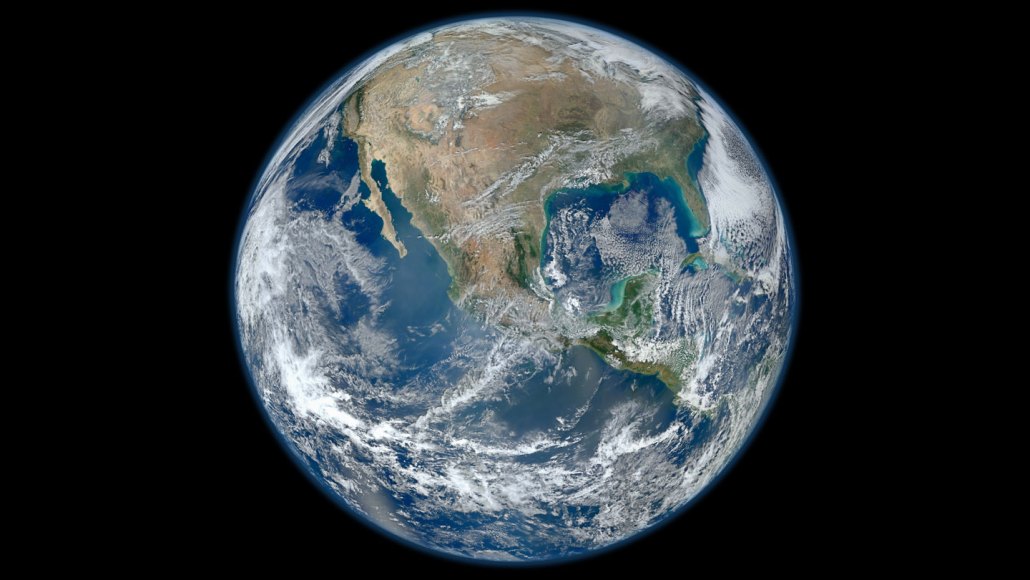
Space
A passing star could fling Earth out of orbit — or into the sun
Computer models show that a star's tug could send Mercury, Venus or Mars crashing into Earth — or let Jupiter eject our world from the solar system.
By Ken Croswell










